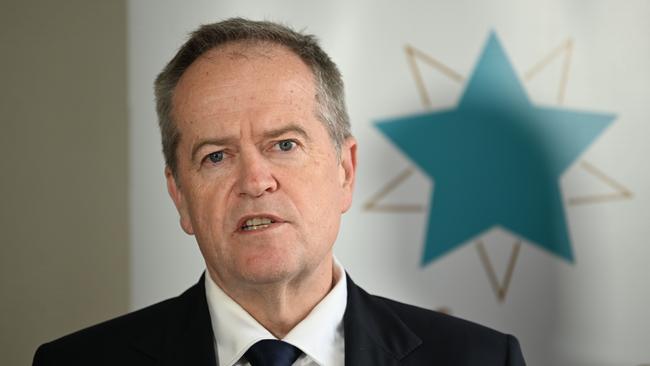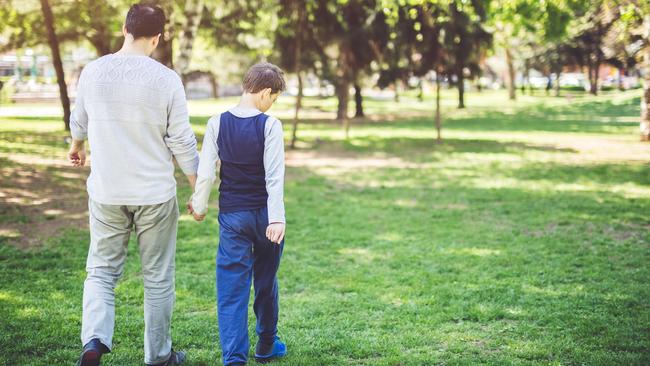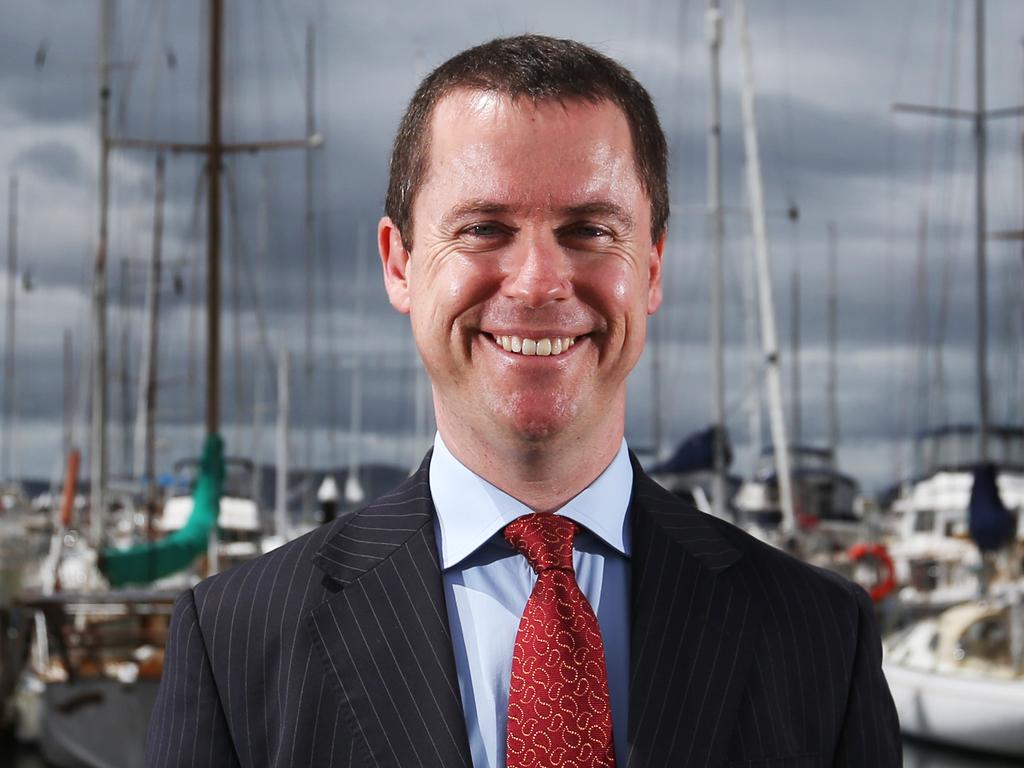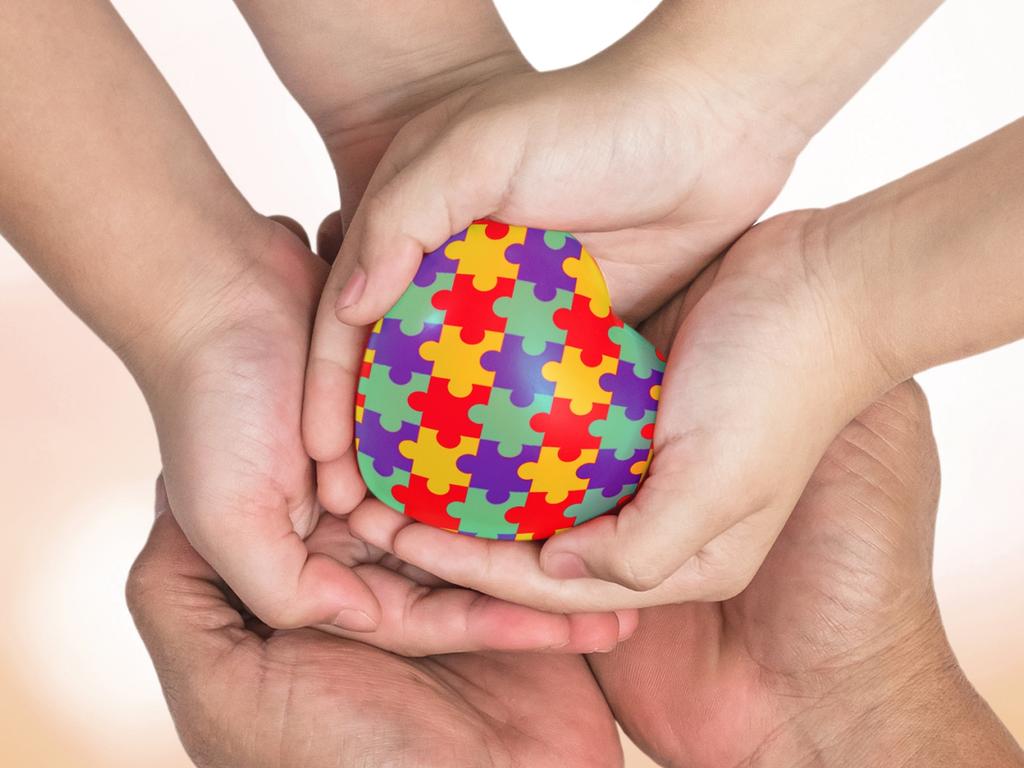Children with autism fuelling NDIS growth spiral
Despite new figures showing one in nine boys aged 5-7 in Australia are now on the NDIS, and costs are growing faster than projected, Bill Shorten says he has the right formula to bring scheme costs under control.

The number of young children with autism on the National Disability Insurance Scheme has spiralled to the point where one in nine boys in Australia aged five to seven is now a participant on the scheme, but NDIS Minister Bill Shorten said he would leave questions around eligibility to an independent review reporting in October.
The NDIS quarterly statement released on Friday shows almost half the scheme’s 21,000 new entrants in the three months to March 31 were children under seven. NDIS entry for young girls is growing even faster than boys, with one in 20 five-to-seven-year-old girls now a scheme participant, compared to one in 25 just three months ago.
“The number of NDIS participants as a proportion of the Australian population peaks between the ages of five and seven, with approximately 11 per cent of 5 to 7 year old males and five per cent of 5 to 7 year old females being NDIS participants,” the statement says. “At 31 March 2023, there were 95,773 children younger than 7 with an NDIS plan.”
Amid ongoing concern about the impact of the National Disability Insurance Scheme on the federal budget, and debate around whether eligibility for the scheme is too loose, in particular for children with developmental delay, the Quarterly Statement revealed participant numbers and plan budgets for this financial year were already running above projections made in a financial report release in November, with spending $700m more than anticipated for the nine months to March.
Participant numbers, now sitting at 592,000, were 13,800 higher than expected, with young children and those on the most expensive NDIS packages, supported independent living, driving the increase.
“Additional children with developmental delay and autism entering the scheme since June 2022 (is higher) than expected,” it says. “(And) the number of participants with SIL supports has increased from 26,950 to 31,368 or by 4,418, higher than expected,” the statement says. SIL packages average about $372,000 a year.
The accelerating pace of growth in overall cost and participant numbers sit behind national cabinet’s pre-budget move to impose a new 8 per cent cost growth target on the NDIS from 2026, as it looks to rein it in from the current 14 per cent annual growth.

The scheme is budgeted to cost $35bn this year, growing to a projected $89bn by 2032. Prime Minister Anthony Albanese described this trajectory as “unsustainable”. Even at the new cost growth target, it would still be the government’s fastest-growing spending program.
In an interview with The Weekend Australian, Mr Shorten said he was confident the new 8 per cent cost growth target could be met with a $730m package of budget measures that include building capacity in the National Disability Insurance Agency, decreasing the frequency of plan reviews and focusing on better support for those on SIL packages. “We think we can improve the effectiveness of the scheme by about 7.5 per cent,” the minister said, noting this would mean a saving of about $15bn on $200bn of spending over the next four years and a further $59bn through to 2033-34.
But broader considerations of what constituted a “significant and permanent” disability, the test for access to the NDIS, including on issues such as neurodiversity in children, would have to wait until the review, he said. So too what should be included and excluded from the “reasonable and necessary” supports funded by the scheme.
“I certainly do think the review will deal with issues around clarity about what permanent severe functionality is, and certainly we will need to belt and brace what ‘reasonable and necessary’ looks like, no question,” he said. But the path to scheme sustainability would start earlier than that, he said. “We’re tackling what I think by consensus are some of the more immediate issues to deal with. Then we’ve got the review to bring it home over the course of the year.”
Mr Shorten said local and state governments, federal departments, community groups and the private sector need to step up to support people with disability outside the NDIS, but also many people, including parents of kids with developmental delay, were left with no other option than to chase a package under the scheme. “The reality is that the NDIS alone can’t empower all Australians with disability,” he said. “But that doesn’t mean that everyone else can down tools and leave everything to the NDIS.”
Mr Shorten said the budget measures included a focus on improving SIL, which he said was too often substandard and open to abuse.







To join the conversation, please log in. Don't have an account? Register
Join the conversation, you are commenting as Logout